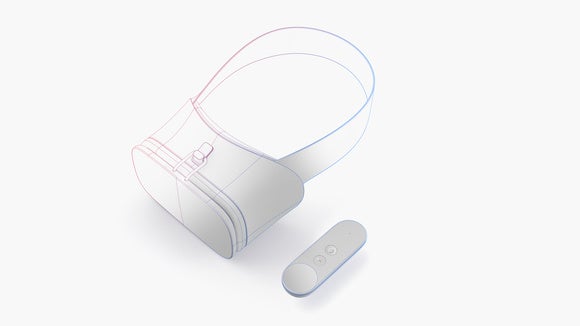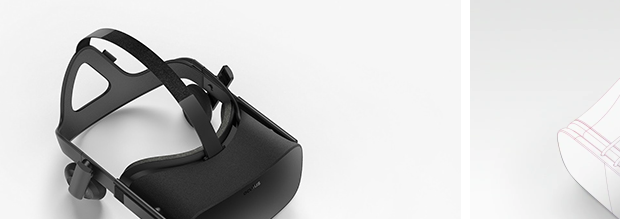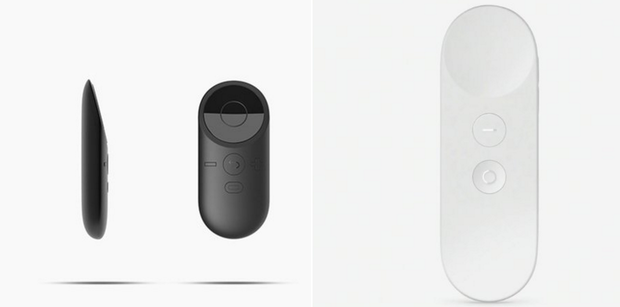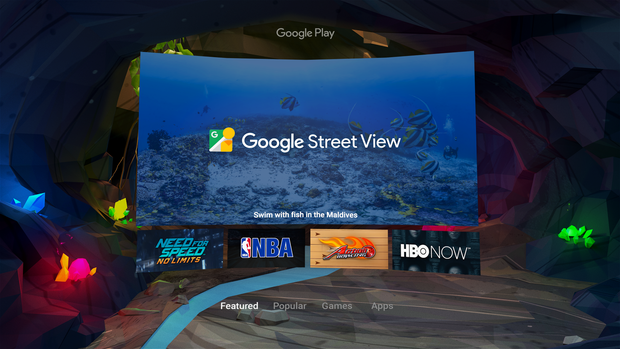is a big believer in virtual reality. It tried to get VR in front of as many people as possible with Cardboard, its spec for ultra low-cost headsets that use your phone to provide a pseudo-VR experience.
This fall, with the release of Android N, will bring us Daydream. That’s the name for it’s VR initiative, it’s a little complicated. Daydream is not just a VR headset made by . It’s not just an app. It’s an entire ecosystem that includes hardware specs, a new interface, a controller, developer tools. Here’s what Daydream is, what it’s not.
It’s not a st-alone headset
If you’re expecting to make a competitor to the Oculus Rift or HTC Vive, you’re going to be disappointed. Daydream is powered by your phone, like GearVR or Cardboard, there will be multiple headsets made by its partners. Expect Daydream stuff from Huawei, HTC, Samsung, , etc. (http://www.tntechoracle.com)
It’s a set of stards specs
Not all phones will be Daydream compatible. Future phones (available starting this fall) will be considered Daydream-ready if they meet certain requirements: a high-power SoC that can provide a quality experience at 60 frames per second, a low-persistence display (read: OD only), low-latency, high-quality sensors are all required for certification.
The goal is to ensure that every “Daydream-ready” phone can deliver motion-to-photon latency of 20ms or less, that developers making VR experiences know exactly how much horsepower they have to work with.

There’s no one Daydream headset. will make one, but release specs for its partners to make their own.
is releasing a reference spec for the stard Daydream headset (the thing you mount your phone into), similar to what it does for Cardboard. (Daydream headsets will probably be much higher quality, though.)
It’s not 90 frames per second
Many people have argued that VR displays have to update at a minimum of 90 frames per second in order to minimize motion sickness. Some call for even higher refresh rates. The spec for Daydream is 60 frames per second.

One big difference between Oculus Rift or Vive Daydream? The former run at 90fps, the latter only 60fps.
Is that a nonstarter? Not necessarily. GearVR is 60 frames per second works rather well, in the right experiences. Ensuring a steady 60fps very low motion-to-photon latency is going to be critical, however.
It’s part of Android N
Daydream is baked into Android N. The Daydream home screen (which looks a lot like Oculus’ home or GearVR’s home) is built right in on all Daydream-compatible phones. l the As, the low-latency low-persistence VR Mode, the head-tracking algorithms, the developer tools…it’s all in Android N, rather than an app you download (like Cardboard). So don’t expect any Daydream stuff for general consumers until Android N rolls out this fall. And you can forget about it working on ione, like Cardboard does.
It requires ’s VR controller
has a special custom VR controller. It can sense its motion orientation, it has a clickable touchpad, sports two buttons—one to be used by apps, one reserved by for system functions (like returning you to the Daydream Home environment).

The Daydream controller (right) looks a lot like the Oculus controller (left), only it can sense its orientation movement.
says using Daydream will require the presence of this Apple-TV-remote-looking controller. If you don’t have one, you can’t enter VR. The goal is simple: Give users a simple means of interacting with the VR world, give developers a controller spec they know they can rely on.
It probably won’t work on today’s phones
ll any of today’s phones be declared “Daydream ready” with an update to Android N? obably not. ’ve seen heard no indication that any current phone will fit the bill, but rather that several Daydream-ready phones will hit the market this fall.
It’s a suite of apps
t on a headset with a Daydream-compatible phone in it, you’re sting in a cartoonish forest with giant floating content windows. That’s Daydream Home, where you’ll launch apps VR video get promotions for new content. Browse ay’s custom VR store. Check out some videos using the custom VR YouTube interface.

This is the ay Store in VR. Browse, buy, download, all without removing your headset.
And if you don’t have your headset around, you can browse content on a flat Daydream mobile app, so you can download stuff on the go have it ready when you get back to your headset.
It’s still your phone
st because you’re using your phone in a VR headset doesn’t mean it stops being your phone. has ported some parts of the system UI into VR. So if you get a call or a text, it’s rendered into the VR world you can respond. Though it wasn’t explicitly mentioned, I have a feeling that all “high-priority” notifications will show up. But wouldn’t it be cool if you could converse with the Assistant in VR?
It’s not the death of Cardboard
The Daydream-ready spec for phones is going to be high-end. The controller headset will cost extra. The platform is built into Android N. That leaves out hundreds of millions of Android phones! Cardboard delivers a far worse experience, one could even make the argument that it’s not capable of delivering the sense of “presence” required for true VR. But it works with nearly any recent phone (including iones). And you can get Cardboard headsets for less than $20. Hell, they’re sometimes given away free.
Besides, has a serious problem letting go of anything. Expect Cardboard to stick around for at least a couple more years.














